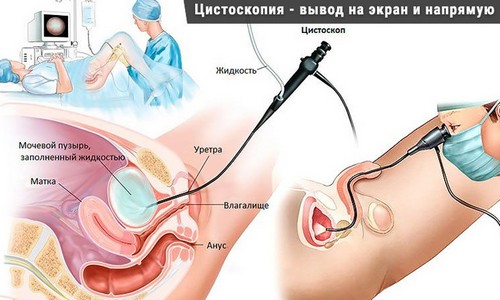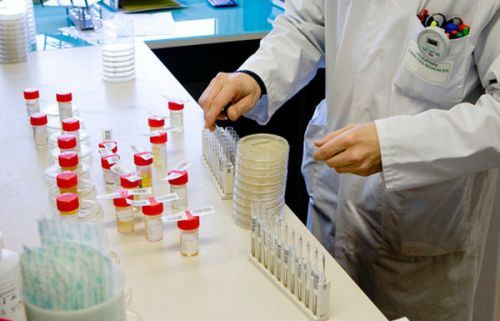The disease can develop quickly (acute onset) or to proceed in the chronic form – slow flow. A pathological condition can spread to one or two sides.
A normally functioning urinary system consists of paired organ of the kidneys, two ureters that connect each kidney to the bladder. Urethra is the excretion of urine into the external environment. If something begins to interfere with the flow of urine, obstruction of the urinary tract.
This is a very dangerous pathological condition with terrible complications.
Causes
The most common causes of obstruction:
- in children: congenital malformations;
- at persons of young age: the presence of stones in the kidneys or in other parts of the urinary system;
- the elderly: prostate cancer, tumours, stones, benign prostatic hyperplasia.
Urolithiasis is one of the most common causes of obstruction
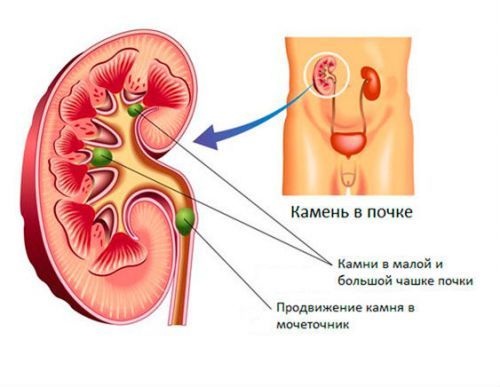
There are a number of reasons that cause this condition as bladder neck obstruction and other components of the urinary system:
- polyphonie growths in the ureter;
- the presence of blood clots in the ureter;
- tumor formation in the ureter or near it;
- traumatic, infection, surgery, radiation therapy, resulting in the process of narrowing of the urethra or ureter;
- disease of nerves or muscles in the bladder or the ureter;
- growth of fibrous tissue in the ureter or around it;
- the process of formation of a hernia;
- neoplastic processes in organs of small pelvis;
- fecal obstruction;
- hydronephrosis of both kidneys during pregnancy.
Symptoms
Obstructive processes at the level of the ureter can occur with hidden symptoms. Through the intact channel the urine passes freely into the bladder, and urine output is maintained in full. The primary symptoms are absent, and access to a doctor occurs in the later stages of development of the inflammatory process.
In the pyelocaliceal system may be pressurized. This leads to hydronephrosis and irreversible renal failure.
If there is obstruction at the level of the bladder neck, the pressure increases and affects both kidneys.
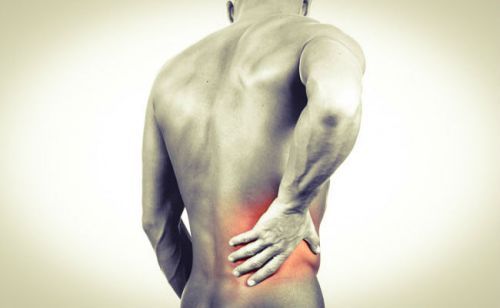
Pain is the first symptom of the disease. Cause is the stretching of the walls of the Cup-pelvis-plating system as a result of excess pressure of urine.
If the acute obstructive process (stone), a lot of pain experienced in the lower abdomen and the vulva.
In the case of acute obstruction occurs pain syndrome according to the type of renal colic
If the process is over, as prolonged or chronic, the patient begins to adapt to the current situation. From the renal tissue is depleted, there is an increase of the pelvis and cups disappear nephrons, the normal operation of the kidney is disturbed.
After some time there following violations:
- occurs violation of urination;
- after urination leakage of urine occurs;
- frequent urge to urinate;
- the lack of urine;
- increase in blood pressure.
Obstruction may be suspected if a history of identified infectious diseases of the urinary tract or kidney disease.
Consequences of obstructive process
If an obstructive process is fixed in time, there is a sudden and profuse flow of urine. It is often a physiological process. Occurs the excretion of excess fluid, urea, and sodium.
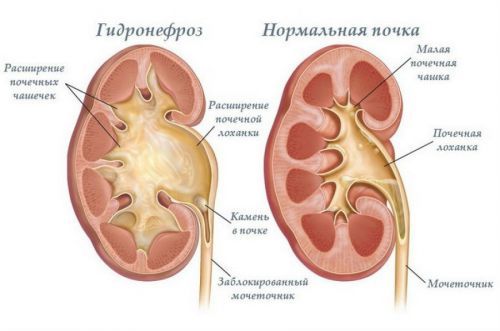
If time does not remove the obstruction, developing hydronephrosis and renal failure
If postobstructive excretion of urine is excessive, it is necessary the additional administration of fluids and electrolytes.
It is important to remember that when even a slight suspicion of a pathological process occurring in the urinary system, it is necessary to address urgently to the doctor for consultation and further examination. Procrastination is fraught with serious complications.


